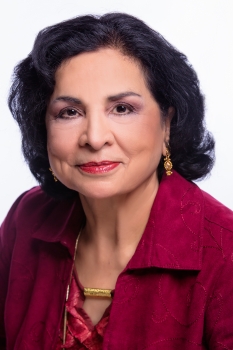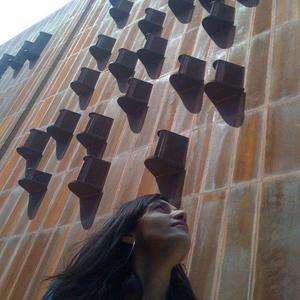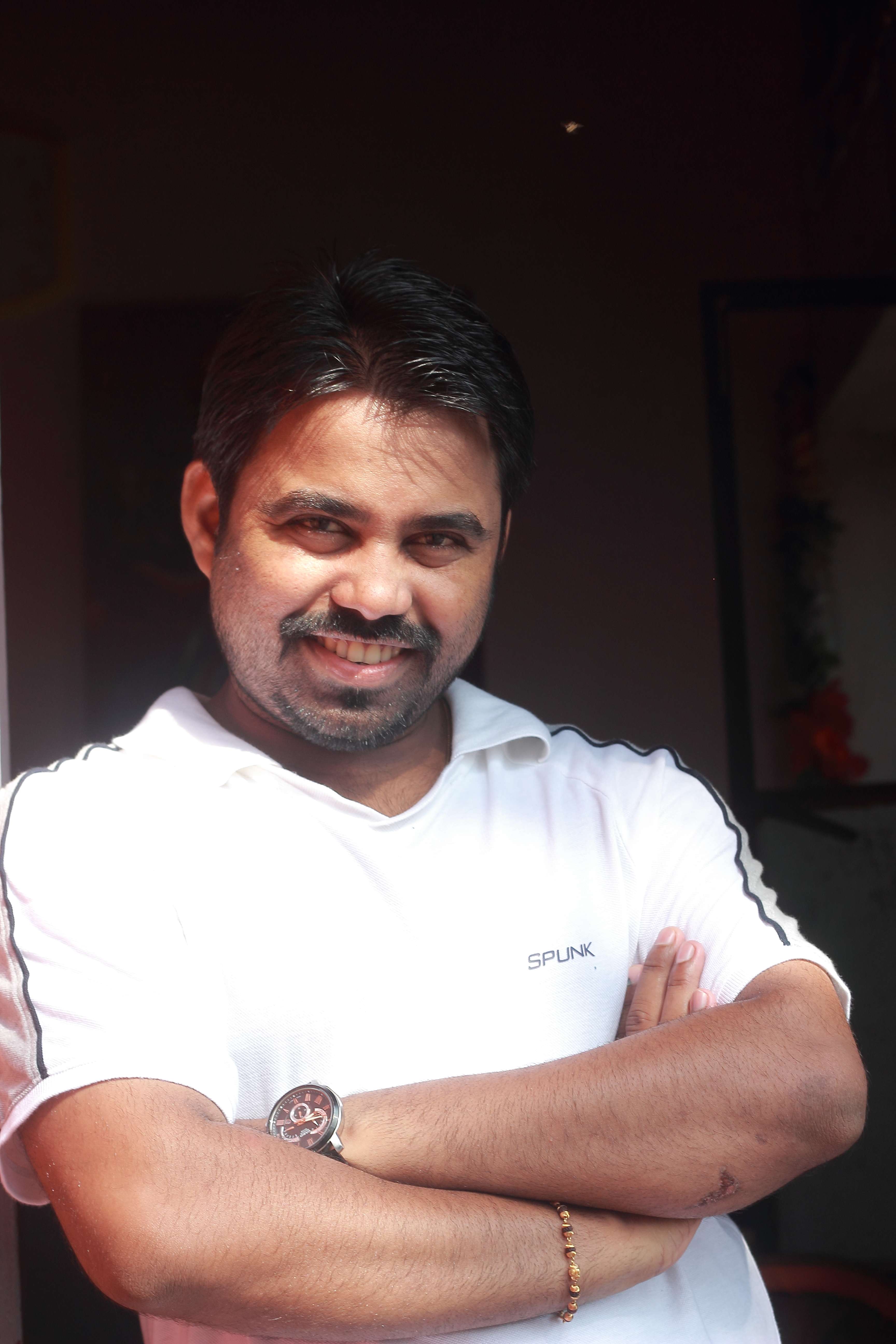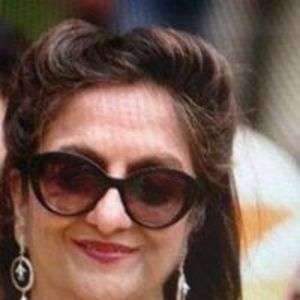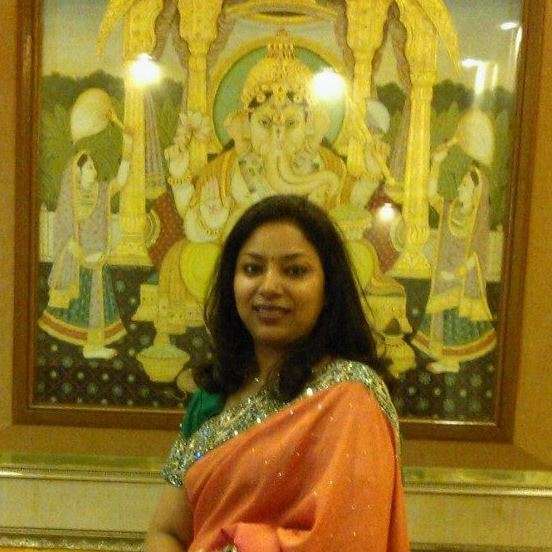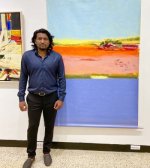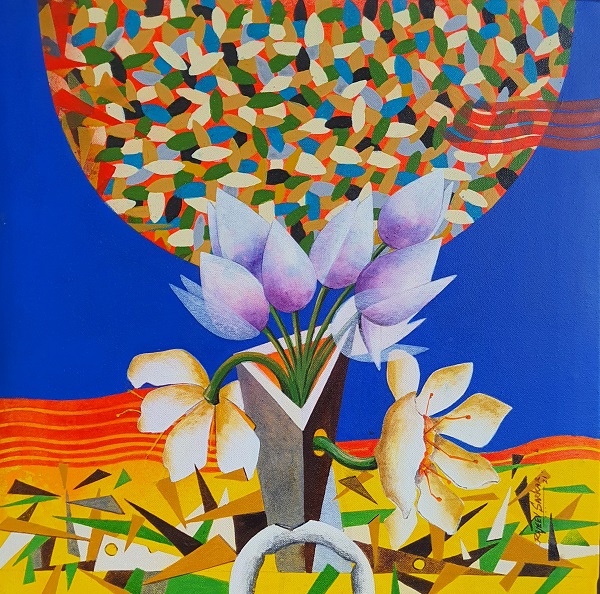
Historically, Indian art has been a dynamic fusion of various influences, rooted in centuries-old rituals. Indian art, which has its roots in ancient customs, has consistently been a colorful mosaic of various inspirations.
It serves as proof of the nation's ability to successfully blend the ancient with the modern, producing a singular and captivating artistic narrative that is appealing to audiences both domestically and beyond.
What is Contemporary Art
Art produced in the latter part of the twentieth and beginning of the 21st centuries is referred to as contemporary art. It spans a broad spectrum of themes, styles, and media, reflecting the dynamic and ever-evolving social, cultural, and technical milieu of our day.
Another name for contemporary art is Postmodern Art.
Do You Know(The Godfather of Contemporary Art India)Subodh Gupta, often referred to as the godfather of contemporary art in India, hails from Khagaul, Bihar. He is renowned for his large-scale sculptures and installations that delve into themes of everyday life, identity, and globalization. |
The Global Impact
Indian contemporary art has made significant strides in achieving recognition on the global stage in recent years. Many Indian artists are now being showcased in international exhibitions and galleries, and their works are being collected by art enthusiasts around the world.
International Exhibitions and Biennales
Venice Biennale: Indian artists have participated in this prestigious event, showcasing the diversity and vibrancy of Indian contemporary art.
Documenta: Artists like Amar Kanwar have represented India at this major exhibition in Kassel, Germany.
Art Basel: Indian galleries and artists are regularly featured in this leading global art fair, held in Basel, Miami Beach, and Hong Kong.
Prominent Indian Artists on the Global Stage
Anish Kapoor: Known for his monumental sculptures, Kapoor has exhibited widely, including at the Tate Modern and the Royal Academy of Arts in London.
Subodh Gupta: Recognized for his use of everyday objects, Gupta’s works have been showcased in international museums and galleries such as the Centre Pompidou in Paris and the Guggenheim Museum in New York.
Bharti Kher: Her intricate works often explore themes of identity and mythology, and she has exhibited at the Serpentine Gallery in London and the Vancouver Art Gallery.
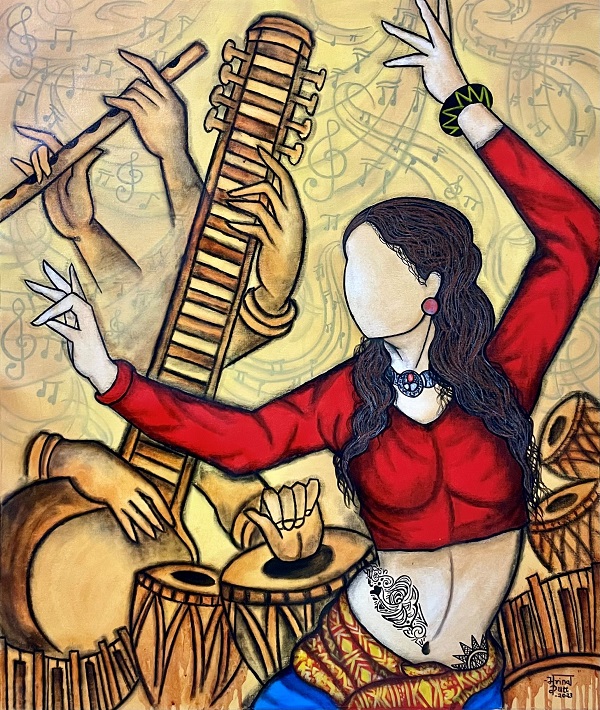
International Art Market and Auctions
Sotheby's and Christie's: Indian contemporary art has fetched high prices at these leading auction houses, with works by artists like Tyeb Mehta and S.H. Raza attracts global collectors.
Global Collectors: There is growing interest among international collectors in Indian contemporary art, contributing to its rising value and visibility.
Major International Exhibitions by Indian Galleries
Nature Morte: This Delhi-based gallery regularly participates in international art fairs, including Art Basel and Frieze, promoting Indian contemporary art to a global audience.
Chemould Prescott Road: Based in Mumbai, this gallery has showcased Indian artists at international platforms, contributing to their global recognition.
Online Platforms and Digital Presence
Virtual Exhibitions: The rise of digital platforms has enabled Indian contemporary art to reach global audiences through virtual exhibitions and online art galleries.
Social Media: Indian artists and galleries leverage social media to connect with international audiences, share their works, and participate in global art conversations.
IQ timeWhat is the Capital of Contemporary Art?The capital of Contemporary Art is often said to be New York City. This is due to the city's rich artistic history, its numerous world-renowned museums and galleries, and its thriving art scene. |
7 Major Contemporary Art form
Here are seven major contemporary art forms that have gained prominence in the art world:
Installation Art
Description: Large-scale, immersive works that transform a space and engage the viewer in an interactive experience.
Key Artists: Yayoi Kusama, Anish Kapoor
Characteristics: Site-specific, multi-sensory, often temporary, and can include a wide range of materials.
Digital Art
Description: Art created using digital technology, including computer graphics, digital painting, and interactive media.
Key Artists: Cory Arcangel, Rafaël Rozendaal
Characteristics: Utilizes software, digital tools, and online platforms, often explores themes of technology and virtual reality.
Performance Art
Description: Live art where the artist's actions or presence become the medium.
Key Artists: Marina Abramović, Yoko Ono
Characteristics: Ephemeral, often involves audience participation, can address social, political, and personal issues.
Street Art
Description: Visual art created in public locations, often unauthorized and intended to make a statement or beautify urban spaces.
Key Artists: Banksy, Shepard Fairey
Characteristics: Graffiti, murals, stencils, and installations, often with a focus on social and political commentary.
Conceptual Art
Description: Art where the idea or concept behind the work is more important than the finished product.
Key Artists: Sol LeWitt, Joseph Kosuth
Characteristics: Emphasizes ideas, often uses text, diagrams, and instructions, can be minimal or abstract.
Video Art
Description: Art that uses video technology as the medium for creating and presenting works.
Key Artists: Nam June Paik, Bill Viola
Characteristics: Time-based, can include narrative and non-narrative works, often explores the relationship between moving images and reality.
Mixed Media
Description: Artworks created by combining different artistic mediums and materials.
Key Artists: Robert Rauschenberg, Anselm Kiefer
Characteristics: Combines painting, sculpture, photography, and other materials, often layered and textured, can create complex visual narratives.
Difference between Modern Art & Contemporary Art
Basis |
Modern Art |
Contemporary Art |
Time Period |
Late 19th century to mid-20th century (approx. 1880-1970) |
Late 20th century to present (1970s onwards) |
Key Movements |
Impressionism, Cubism, Surrealism, Abstract Expressionism, Fauvism |
Postmodernism, Conceptual Art, Digital Art, Installation Art |
Art Techniques |
Oil painting, sculpture, printmaking, collage |
Digital media, video art, installation, performance art |
Critical Themes |
Modernity, individuality, subconscious mind, abstraction |
Identity, politics, environment, globalization |
Audience Engagement |
Viewer interpretation, emotional response |
Viewer participation, interactive experience |
Materials Used |
Traditional media like canvas, paint, stone |
Diverse materials including digital media, found objects, unconventional materials |
Exhibition Venues |
Museums, galleries |
Museums, galleries, public spaces, online platforms |











